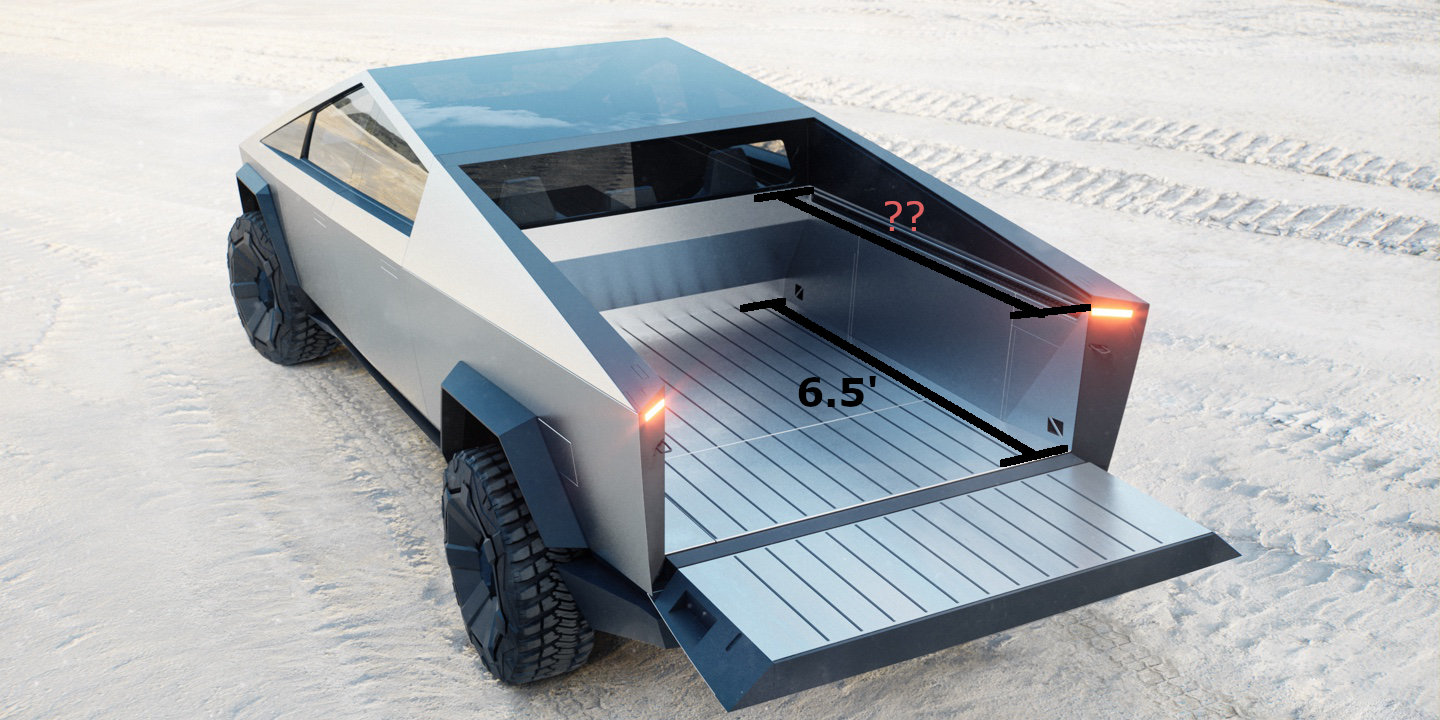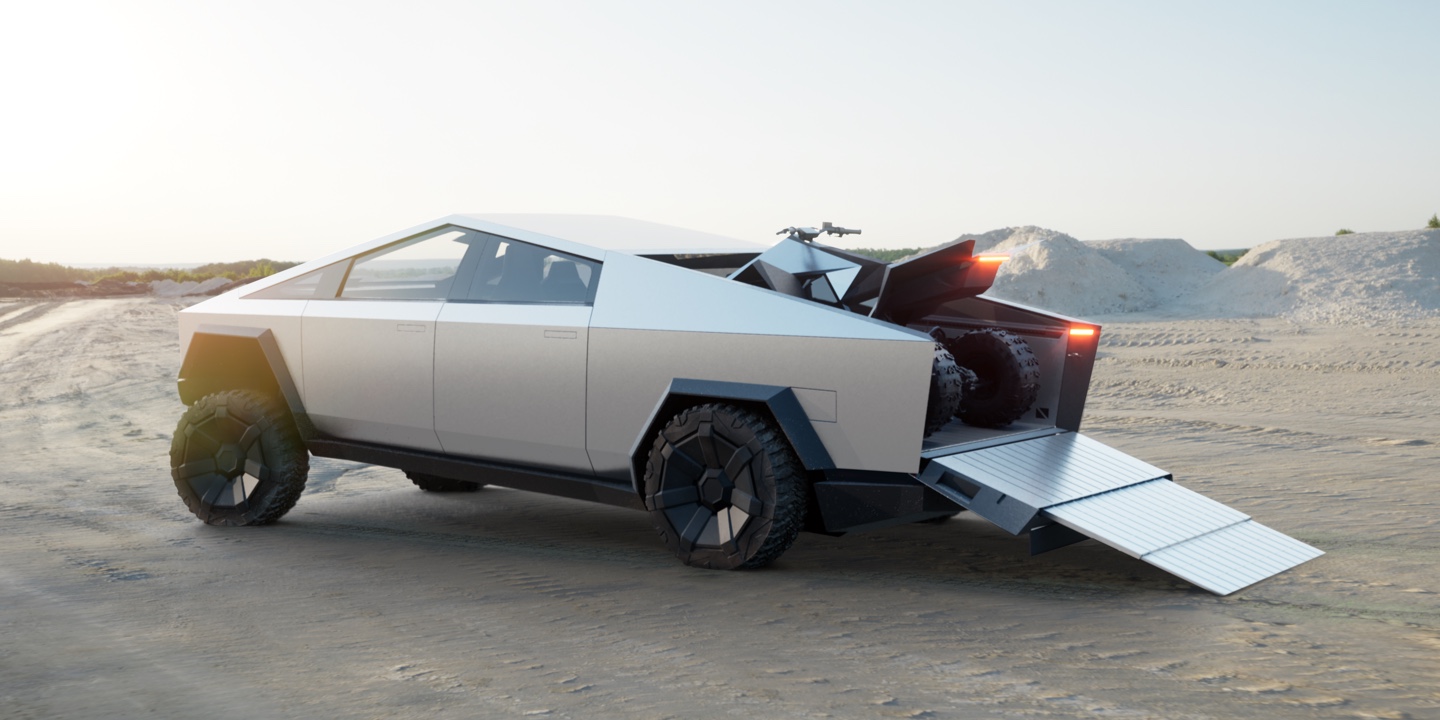Thoughts on Tesla's Cybertruck
I like to think about things. To riff off Austin Kleon, I want to become a professional writer so that I can be a professional thinker. For now, though, as I have said many times before, I write to clarify, condense, and record my thoughts. I have sat down today to talk about Tesla’s new Cybertruck — not because the Internet needs one more hot take, but rather to pursue those goals.
I will spend little time on the boring stuff. Every website, blog, and Social Median™ has covered those subjects well enough by now. In brief, then:
- On the design: Art is subjective, but design is objective. From the former, subjective standpoint, I see the Cybertruck as a step in a good direction; from the latter, objective point of view, I feel less certain. The Cybertruck’s rigid shell and harsh angles seem to make it a crash test and pedestrian nightmare. Some middle ground must exist between the traditional aluminum and fiberglass body panels I can deform by hand, and the ultra-durable plate steel common in military vehicles, though; perhaps Tesla struck that balance. The unibody platform makes sense, and by all accounts, the spacious interior will even appease the large market segment who prefer luxe finishes in their utility vehicles.
- On the specs: The Cybertruck specs are good for an electric vehicle, but mediocre for a truck — and bad at $70,000. Do not judge this polygon — with a 14,000 pound towing capacity, 3,500 pound payload, and 500 mile range — against an entry-level, $30,000 F-150. Instead, look at the top-of-the-line, $70,000 Cybertruck versus a not-quite-top-of-the-line, $60,000 F-450. For that price, I could get a monstrous truck with a 500 mile range, that could tow over 30,000 pounds — and carry almost 8,000 pounds in its 8 foot bed — with ease. Speaking of beds, Tesla claim of 6.5 feet also bothers me:

Given that Tesla appears to have built the Cyberquad from a Yamaha Raptor, which comes in at 72.6" long, I bet the usable bed space comes in closer to six feet — not six and a half. The Cyberquad just fits:

The Cybertruck looks cool, but has little going for it beyond that. It’s a truck with near-sportscar-level performance, but it’s not a very good sportscar, and it’s not a very good truck. As a vehicle, then, it just doesn’t interest me, for these reasons and those cited above; as a toe in the waters of a sea change, though, the garishly named Cybertruck does give me hope for a more angular future.
I despise curvy cars. I just want a box on wheels, like a classic Toyota Land Cruiser or Land Rover Defender. Aside from a Jepp Wrangler, I got as close to that as I could with my Toyota 4Runner. I also have no love for the fragility of modern cars. I understand the reasons for large crumple zones and lightweight materials, but delicate trim pieces degrade over time — often quickly, and seldom well. Perhaps the Cybertruck’s apparent popularity will encourage an automaker to try something new. Besides looking good and making me happy, a Cybertruck-like design would also slash production costs — a win, win, win. Tesla did something good with the Cybertruck, but it did not do it well. The fact that anyone did it at all, though, does give me hope.